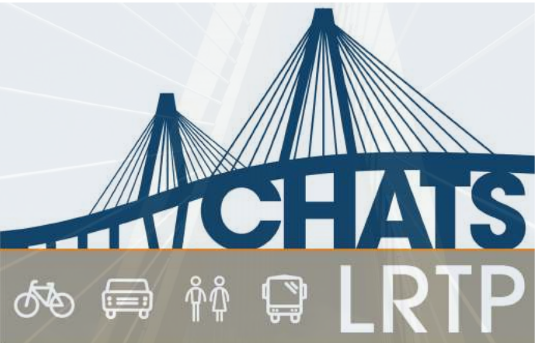Integration of advanced information and communications-based technologies into transportation infrastructure, vehicles, and operations

Supply: Manage the capacity of the regional transportation network by first exhausting lower-cost, technology- or operations-based strategies before considering higher-cost roadway construction
Demand: Actively manage demand at the corridor level by distributing trips across available modes, routes, and times or by discouraging new trips
Recurring Congestion: Invest in technologies that optimize the reliability of commuter corridors and primary freight corridors
Nonrecurring Congestion: Invest in technologies that improve safety and recovery efforts related to unexpected or irregular disruptions to travel
Resource Management: When investing in technologies, ensure that they can be supported throughout their entire lifecycles
Equity: Fairly distribute investments in transportation technologies by considering geographic diversity, historic inequities, and socioeconomic inclusivity
Data Security: Promote data standards that minimize network and data security risks associated with sharing information between agencies
Regional Know-How: Expand local transportation professionals’ knowledge of transportation technologies and educate local decision makers on their tradeoffs
Regional Collaboration: Integrate overlapping technologies through mutually-beneficial partnerships to create a more cohesive transportation network
Loading map...
Kyle James
Regional Planner
kylej@bcdcog.com
843-529-0402